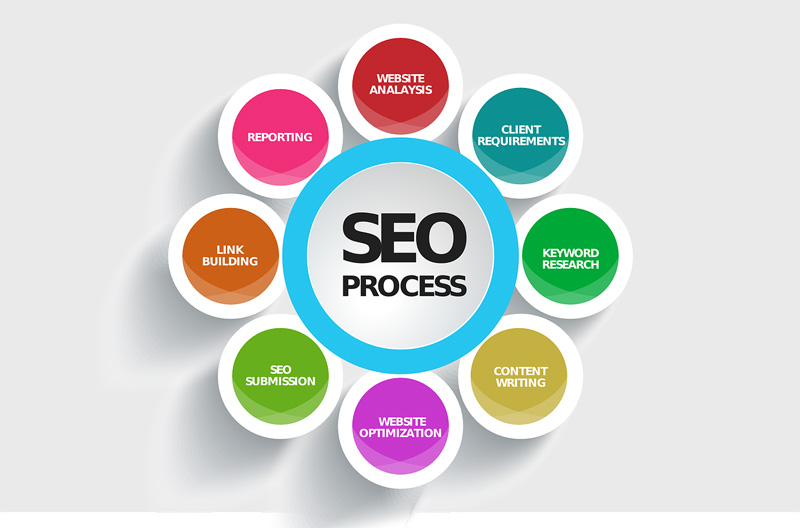With more than 95% of all purchases predicted to be conducted online by 2040, eCommerce continues to grow year after year.
Every day, new players join the field — making eCommerce more cutthroat than ever.
Successful businesses know that constantly investing in effective digital advertising strategies is key to cutting through today’s digitally driven world.
As an eCommerce entrepreneur, you’re probably wondering how you can stay ahead of the game.
One way to ensure that you’re always in the know on how to level up your online store is through interacting with like-minded individuals.
Well, you don’t have to look any further.
eCommerceFuel has the world’s largest community dedicated exclusively to seven-figure-plus online store owners.
When you join, you will tap into a highly experienced and successful pool of online store owners — who are willing to share their insights.
Impressive stat: The average eCommerceFuel community member grows their store revenues 36% annually. That is almost 50% faster than the average online store!
Don’t just take it from us, here’s what one of our members has to say:

Source: ecommercefuel.com
On top of having a supportive community, you will have to invest in advertising strategies to take your business to the next level.
Today, you’ll learn the best advertising strategies to supercharge your online store.
1. Tighten Up Your SEO Strategy

Source: needpix.com
After building a beautiful website, it’s time to relax and watch the customers flock to it, right?
Wrong!
Unfortunately, there are almost 2 billion websites on the world wide web today — in your niche alone, there are bound to be hundreds — and each one is competing to get noticed by their target audience.
With 53% of website traffic driven by search engines like Google, you have to stay on top of your SEO strategy.
SEO is one of the most sustainable advertising methods to continually grow your online store. When correctly implemented, it can continue to pay dividends over a long period.
Create Quality Content
The content on your website is probably the most significant factor in SEO ranking. To rank highly, create content that is SEO optimized.
To make sure your target audience finds your website, try to match their search intent as closely as possible.
Build Quality Links
Search engines rank websites with high-quality links above those without them. Make sure that the external and internal links on your website are relevant and trustworthy.
Boost Mobile-Friendliness
Search engine bots also rank your website on its mobile-friendliness. If you don’t know how, Google has some useful pointers.
2. Revamp Your Email Marketing Campaigns

Source: reliablesoft.net
Here are some tips to improve your search engine optimization strategy:
Did you know that 80% of new leads don’t convert?
Yet, many online stores neglect the importance of following up on leads. This results in a loss of potential sales.
One of the most effective ways to nurture leads is through email marketing. Most consumers say that they prefer to receive communication with brands they interact with via email.
Additionally, email advertising is up to 40 times more effective than social marketing. That alone should compel you to update your marketing strategy.
Here are some helpful tips to get you started:
Ask for More Information
Many online stores don’t ask for enough information from leads. This results in sending generic emails that often go unopened.
To send more personalized emails, ask for more information for your mailing list. Key information to ask for includes:
- Gender
- Product category interests
- Current city
- The frequency at which they’d like to receive emails
Get Reader Feedback

Sending emails to your leads is great — but it doesn’t have to stop there.
Continue the conversation by requesting feedback to help you:
- Continue nurturing a positive relationship
- Gauge satisfaction
- Get suggestions for new content
Creating an avenue for feedback will not only keep your subscribers engaged, it will also help build trust.
Test Your Emails
Inbox Service Providers can change how your emails render without notifying you. Therefore, it’s a good idea to test your marketing emails before sending them.
Look out for these issues when testing:
- Do your emails trigger spam filters?
- Are your emails mobile-friendly?
- Do your emails contain any broken links or lack link tracking?
- Do all the images and videos load correctly?
3. Use Pay Per Click Marketing

Source: Google
Pay Per Click (PPC) is the kind of digital marketing where advertisers pay a fee each time one of their ads is clicked. Essentially, PPC is a way to buy traffic to your site, rather than trying to get organic traffic.
Many online store owners and marketers try PPC advertising once and give up when they don’t get a good ROI, concluding that it isn’t an effective strategy.
Nothing could be further from the truth.
Paid search advertising — the most common type of pay-per-click — is among the leading marketing strategies when it comes to ROI. It returns $2 for every $1 spent.
That’s a 200% ROI.
Bear in mind that PPC ads are shown in SERPs based on an auction of keywords and other ranking factors, such as:
- Quality score
- CTR
- Landing page experience
To create a cost-effective advertising campaign, ensure that you score highly on as many of these requirements as possible.
Here are two powerful tips for an effective PPC marketing strategy:
Select a Platform for Your Ads
Google Ads is the most popular platform for PPC advertising, but social media platforms such as Facebook and Twitter present great alternatives.
For now, let’s focus on Google Ads.
Including Google Ads in your online advertising strategy is a smart move. It allows you to reach your target audience through the high-ranking real estate on Google’s web properties, including SERPs.
Your ad campaign can be in the form of:
- Display Ads: Banner ads that can appear anywhere on Google’s ecosystem. They can appear on Gmail, YouTube, and similar domains within Google’s “Display Network.”
- Search Ads: To appear alongside organic results in SERPs.
- App Ads: To promote your app on Google Play, Google Search, or YouTube.
- Video Ads: To appear on YouTube.
Google will charge you every time any of your ads is clicked.
Enable Conversion Tracking
Google will give you a wealth of tracking data on your online advertising strategies.
However, it is still important to set up a conversion tracker to monitor the effectiveness of a PPC marketing strategy.
A conversion tracker will help you determine which ads resonate with your target audience. By tracking conversions, you will also be able to accurately report ROI on your online advertising.
4. Capitalize on Social Media Marketing

Did you know that 79% of the U.S population is on social media?
With this statistic, you can’t afford to ignore the power of social media in advertising a product or service.
Here’s a list of benefits offered by social media advertising:
- Increased brand awareness: Increases your brand’s visibility through cost-effective advertising. This boosts brand awareness and begins building your business reputation.
- Increased conversion rates: Increased visibility and engagement, which lead to higher conversion rates.
- Gain marketplace insights: Offers a wealth of marketplace insights — you interact with your audience and get feedback on your product or service. You also get data on consumer demographics and identify the best content for your page.
5. Don’t Wait to Get Started
Building a successful online store takes a lot of work. But, it is much easier when you have the right information, strategies, and a supportive community. eCommerceFuel will give you both.
We go a step further, by connecting businesses with experienced investors for long-term funding.
To reap these amazing benefits and more, join the eCommerceFuel community and get started right away.
Photo by Freepik